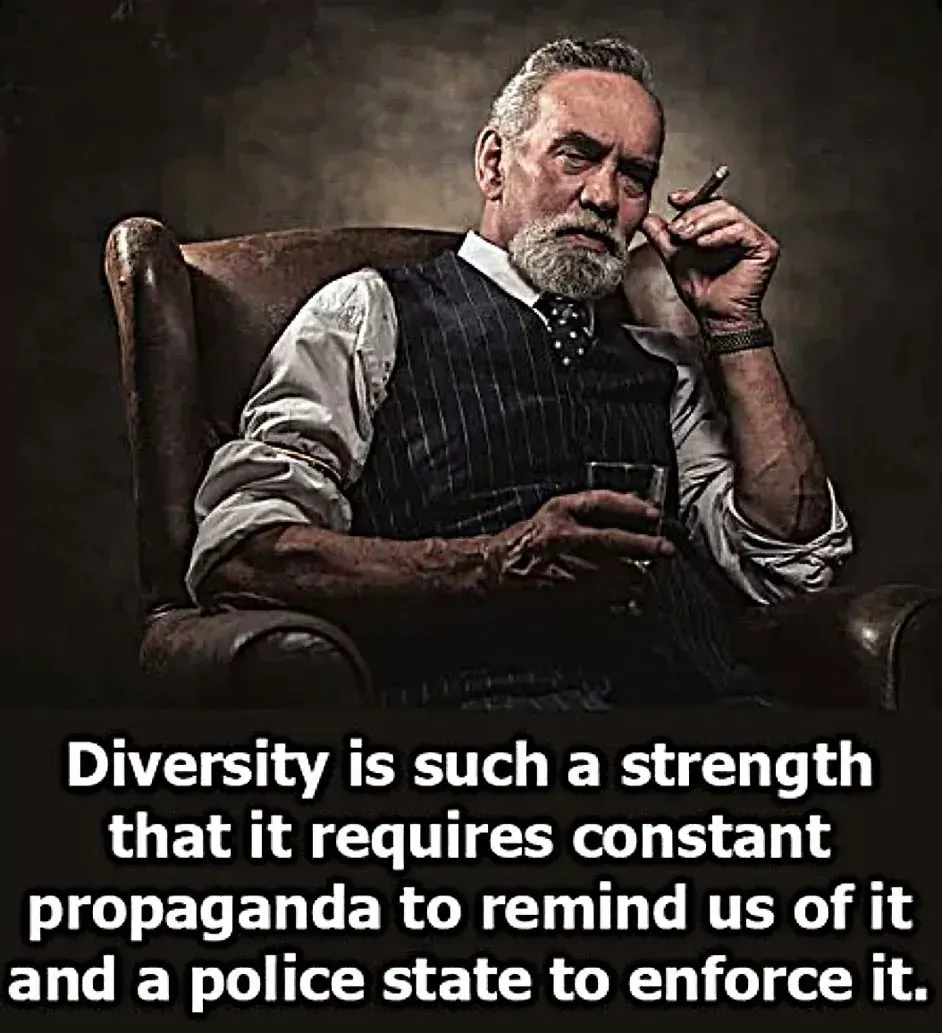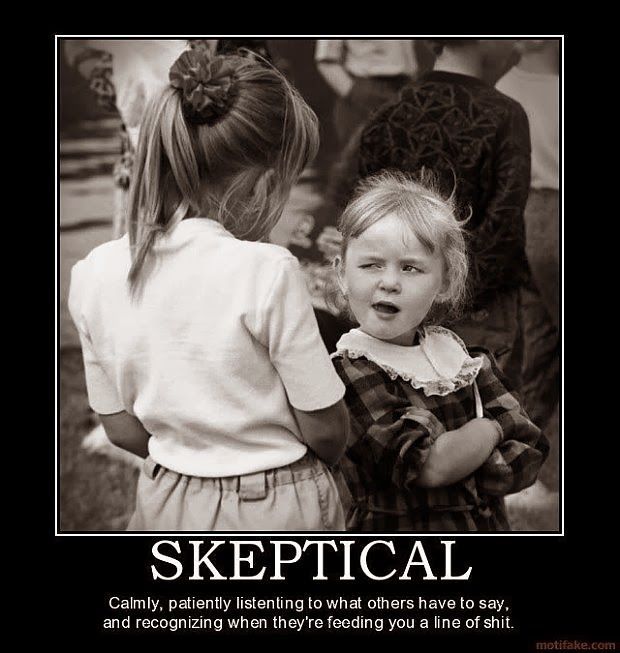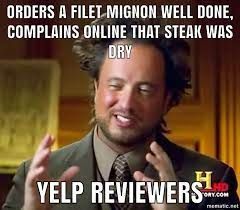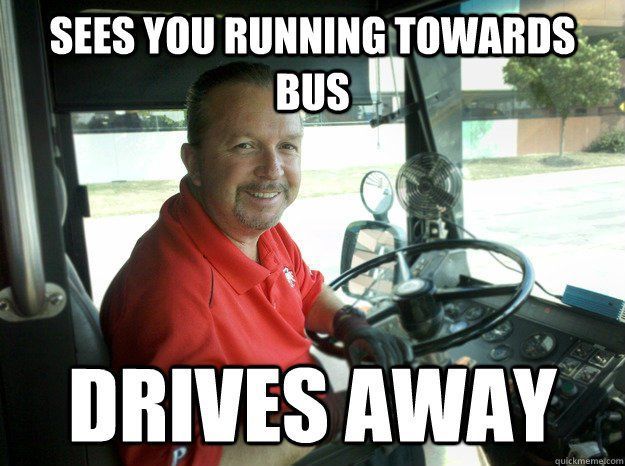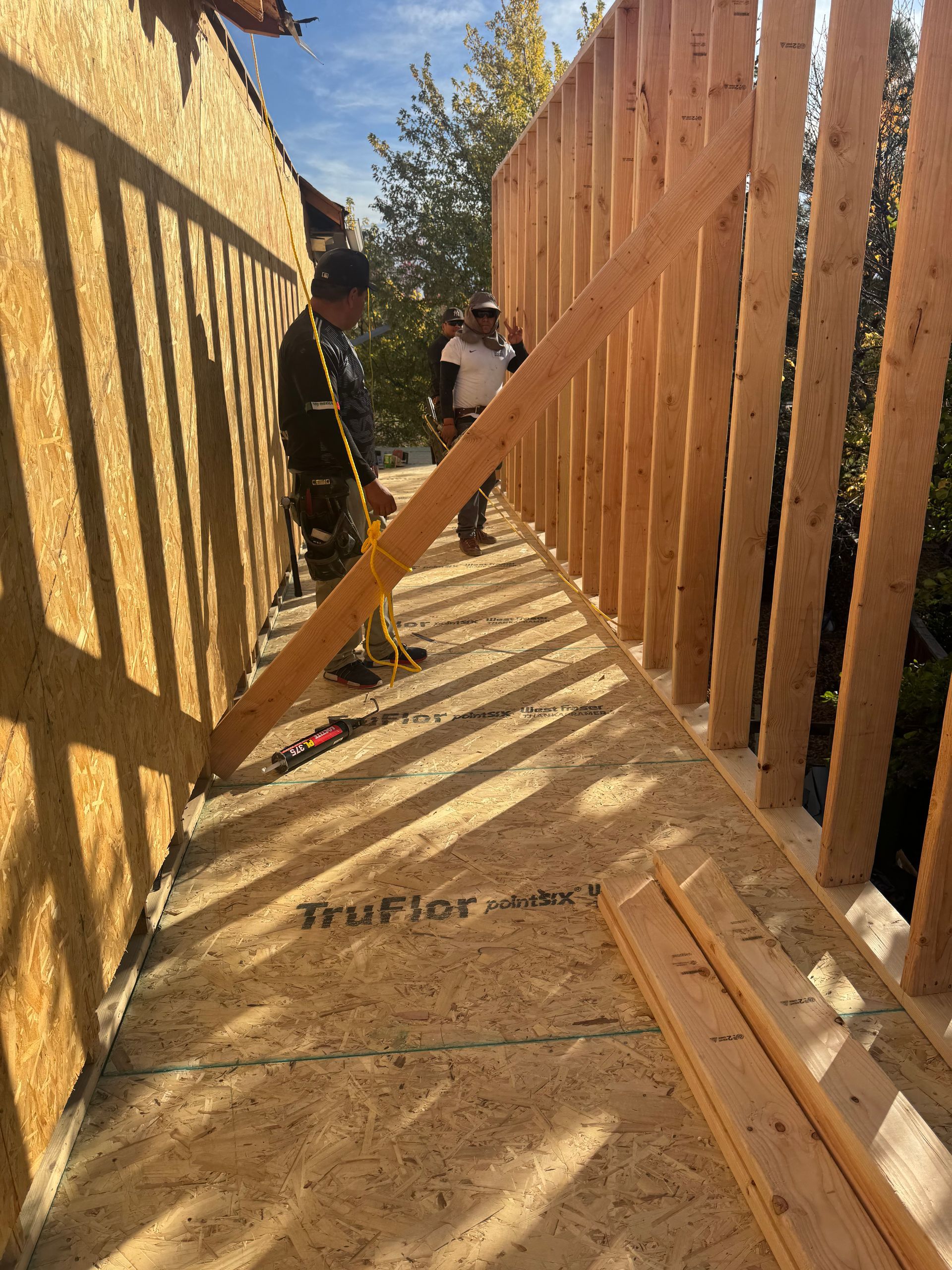Day 8: The Storm That Started It All
Cedar Key Origin

The first file in Keller’s box was older than the rest — brittle paper, fading ink, and the faint smell of mildew that clung to forgotten basements.
Hurricane Celeste, Cedar Key, Florida – 1998.
Back then, Keller was still with the Bureau. New suit, sharp mind, and all the arrogance that came with a badge. He’d been assigned to assist FEMA in identifying disaster fraud — inflated claims, ghost addresses, fake contractors. He’d thought the job was beneath him.
He remembered the heat — wet, suffocating. Cedar Key looked like it had been picked up and dropped from a mile up. Trailers crushed. Boats in driveways. Whole streets reduced to matchsticks.
That’s where he first heard about the claim anomaly. A woman named Lydia Marsh — mid-40s, teacher, no criminal record — had died two days after the hurricane. Official cause: accidental overdose. But her file contained something that didn’t fit.
A C-47 claim form.
He hadn’t known what that meant at the time. Just another code in a sea of bureaucracy. But the inspector’s report was oddly thin — no photos, no signatures, just a typed name: Daniel Holt.
Keller hadn’t met Holt, but he’d seen the pattern since. Every disaster, Holt showed up. Always the same way — clipboard, clean clothes, no agency markings. Then a victim dead within twenty-four hours of contact. Heart failure. Stress. Suicide. Natural causes.
All tidy. All plausible.
Keller flipped through the photos he’d pulled from the Marsh file. Lydia’s body on the couch, one hand clutching a rosary. Bottle of sleeping pills nearby. But Keller’s attention went to the faint outline on her kitchen counter — a clean rectangle of dust where something had sat recently.
A clipboard.
He made a note: possible imprint transfer – photo confirm with digital enhancement.
He picked up the phone and called a friend in Quantico’s image forensics lab — someone who owed him a favor.
“Send me the scan,” she said. “I’ll see what I can pull.”
Keller checked the clock. 10:47 p.m. Another late night. The kind of night where ghosts started talking — not in words, but in patterns.
Burleson. Joplin. Cedar Key.
Three disasters. Three widowed women. Three identical claim forms.
He could feel Holt’s presence in the data — cold, clinical, methodical. Whoever he was, he understood chaos. He thrived in it.
The next morning, Keller drove to the FEMA regional office in Tallahassee. His old credentials still got him through the door — mostly because no one wanted to ask questions.
He found an old supervisor he vaguely remembered, now semi-retired and two coffees behind the day.
“Daniel Holt,” Keller said, sliding a photo across the desk. “Ever heard of him?”
The man squinted. “Name sounds familiar. Might’ve been a subcontractor — they used a lot of temps back then. Why?”
Keller leaned back. “Because he’s been showing up at disaster sites for twenty-seven years, and everywhere he goes, someone ends up dead.”
That got his attention.
After a pause, the man opened an ancient filing cabinet and pulled a folder marked Field Adjuster Registry, 1997–2001. Keller flipped through until he found it:
Holt, Daniel A.
Subcontractor – Raines Insurance Group.
Authorized Access: Level 3, Disaster Response.
ID Issued: June 1998.
Status: Terminated – no return of credentials.
“Terminated for what?” Keller asked.
The supervisor shrugged. “No note. Just redacted forms. Probably internal politics. You know how it was back then — FEMA, insurance, contractors. Half the IDs were fake, and the other half were ‘lost in the storm.’”
Keller copied the contact address — a P.O. Box in Oklahoma City.
He knew better than to expect it still existed. But sometimes, patterns left echoes.
That night, Keller checked into a motel off I-10. The kind with a flickering sign and a vending machine that only sold regret. He laid out his files on the bed: maps, reports, photos.
Every storm had its signature, and so did Holt.
He arrived early — usually within 24–48 hours after the disaster.
He targeted single women over 40 with recent claims.
He posed as an adjuster, inspector, or aid rep.
He always left behind the C-47 claim code — a digital ghost of authorization.
But Keller was starting to think it wasn’t random. The “C” could stand for Claim, sure — but “47”? That was the section code for Catastrophic Loss Adjustment Authorization in old FEMA documentation.
He pulled up the archival handbook and flipped through the yellowed PDF.
Section 4.7 — Secondary Verification Procedure for Non-Standard Claims.
Holt wasn’t just killing under the radar — he was using the system itself as camouflage.
The next morning, Keller’s phone buzzed. It was the forensics tech from Quantico.
“Mark, you’re not gonna believe this,” she said. “I enhanced that countertop photo from the Marsh file. There’s a partial reflection in the coffee pot.”
He sat forward. “A face?”
“Not clear enough for ID. But it’s a man wearing gloves. And get this — he’s holding a clipboard with a sticker that says ‘CAT-OPS’.”
Keller’s pulse kicked. CAT-OPS — Catastrophe Operations Division. A temporary branch created in the late ’90s to coordinate field adjusters between FEMA and private insurers.
The division had been shut down after 2002 for internal fraud.
Which meant Holt had access to all the right credentials long after they were supposed to be destroyed.
That night, Keller typed a single line into his notes:
Holt isn’t hiding from the storms — he’s hiding inside them.
He leaned back in the motel chair, the hum of the air conditioner blending with the echo of rain outside.
The storms were coming again. They always came — spinning, tearing, cleansing. And somewhere out there, the man with the clipboard would be waiting in his spotless SUV, ready to walk into the chaos like he belonged there.
Keller closed the file.
Next stop: Oklahoma City.
Where the paper trail ended — and the hunt began.



